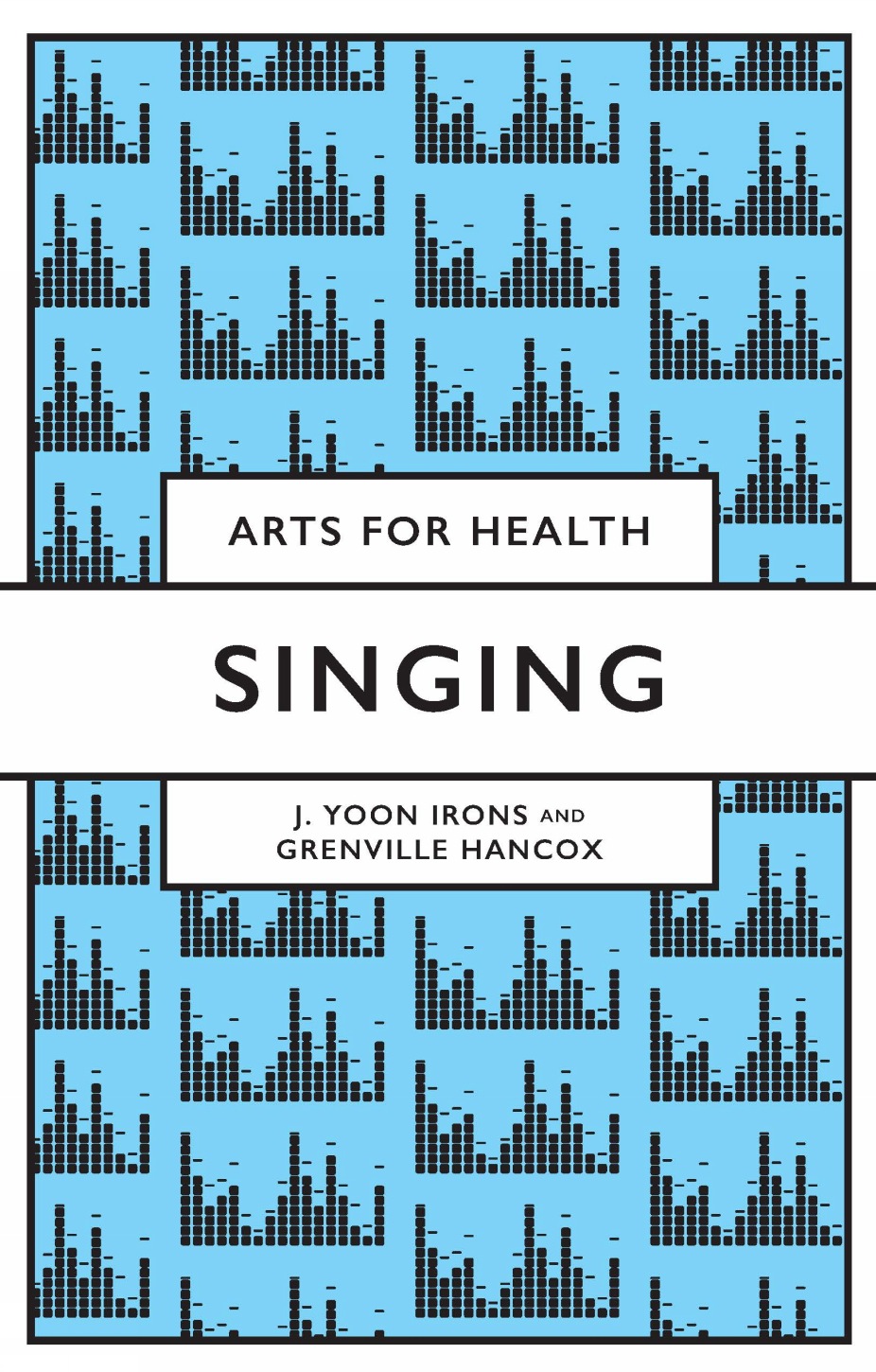1. Representing farmer irrigated crop area adaptation in a large-scale hydrological model
- Author
-
J. Yoon, N. Voisin, C. Klassert, T. Thurber, and W. Xu
- Subjects
Technology ,Environmental technology. Sanitary engineering ,TD1-1066 ,Geography. Anthropology. Recreation ,Environmental sciences ,GE1-350 - Abstract
Large-scale hydrological models (LHMs) are commonly used for regional and global assessment of future water shortage outcomes under climate and socioeconomic scenarios. The irrigation of croplands, which accounts for the lion's share of human water consumption, is critical in understanding these water shortage trajectories. Despite irrigation's defining role, LHM frameworks typically impose trajectories of land use that underlie irrigation demand, neglecting potential dynamic feedbacks in the form of human instigation of and subsequent adaptation to water shortages via irrigated crop area changes. We extend an LHM, MOSART-WM, with adaptive farmer agents, applying the model to the continental United States to explore water shortage outcomes that emerge from the interplay between hydrologic-driven surface water availability, reservoir management, and farmer irrigated crop area adaptation. The extended modeling framework is used to conduct a hypothetical computational experiment comparing differences between a model run with and without the incorporation of adaptive farmer agents. These comparative simulations reveal that accounting for farmer adaptation via irrigated crop area changes substantially alters modeled water shortage outcomes, with US-wide annual water shortages being reduced by as much as 42 % when comparing adaptive and non-adaptive versions of the model forced with US climatology from the period 1950–2009.
- Published
- 2024
- Full Text
- View/download PDF
